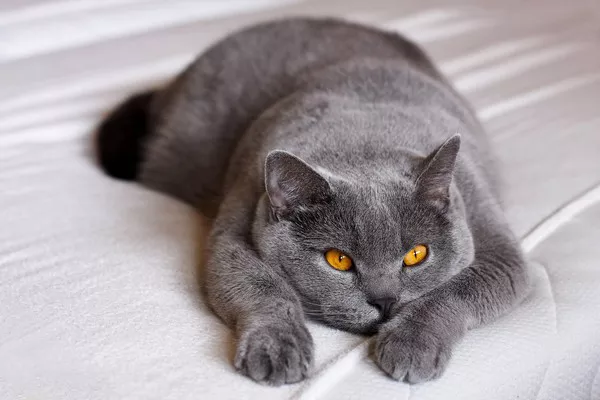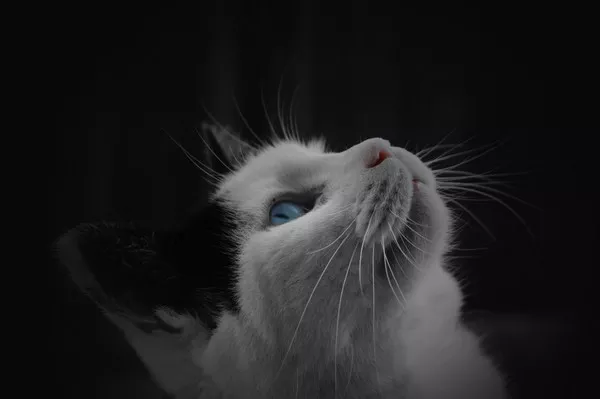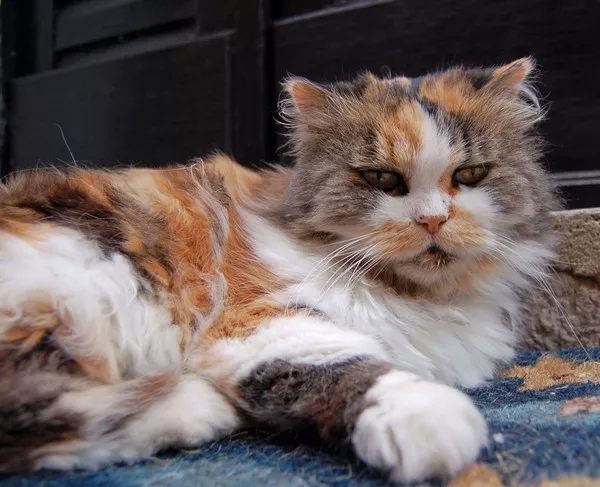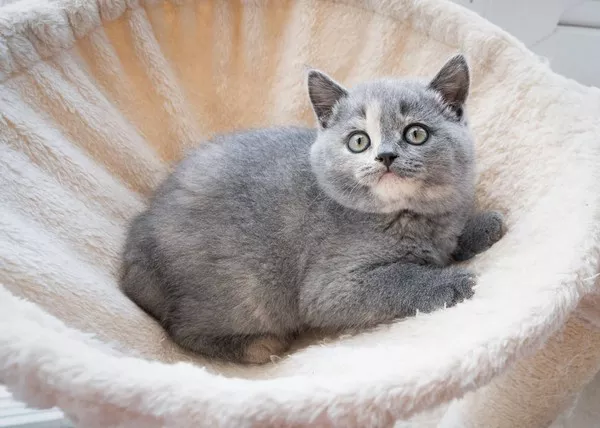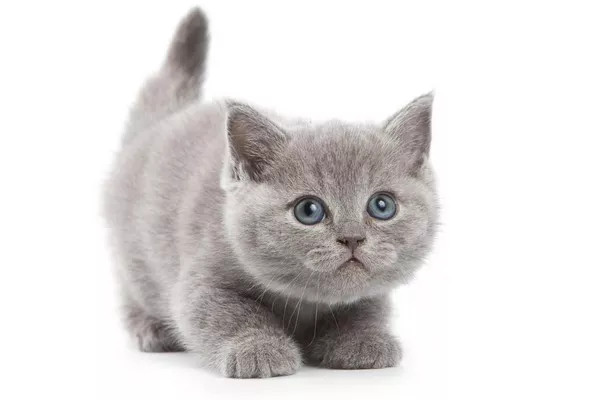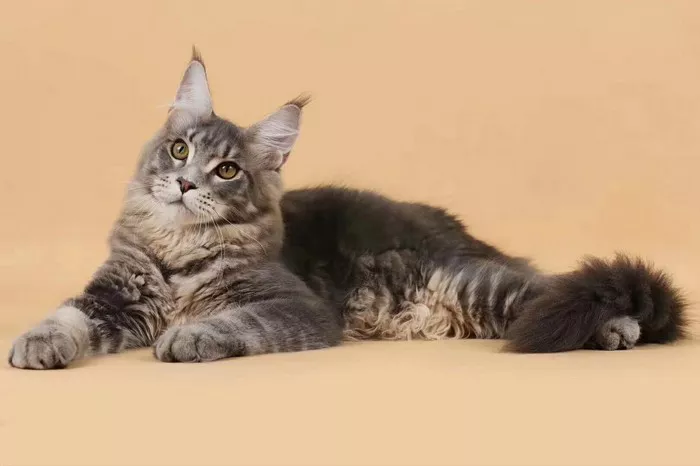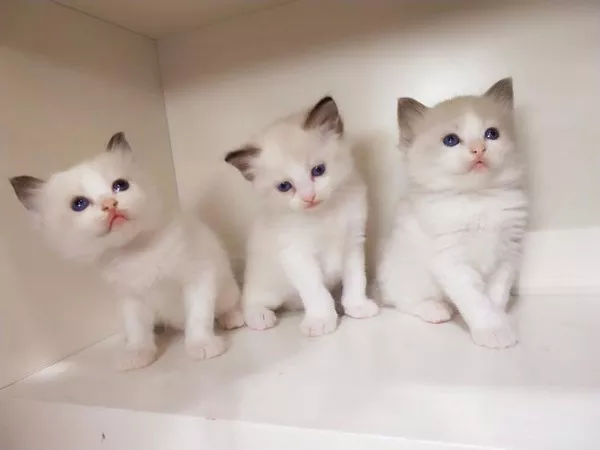British Shorthair cats are beloved for their plush, dense coats and distinctive round faces. However, like all cats, they are prone to shedding, which can sometimes be excessive and concerning for their owners. Understanding the reasons behind excessive shedding in British Shorthairs is essential for managing their grooming needs and maintaining their coat health. In this comprehensive guide, we’ll explore the factors that contribute to shedding in British Shorthair cats and provide grooming tips to help keep their coat in top condition.
Understanding Shedding in British Shorthairs
Shedding is a natural process in which cats lose old or damaged hair to make way for new growth. While some degree of shedding is normal for all cats, excessive shedding in British Shorthairs may be indicative of underlying issues. Several factors can contribute to excessive shedding in British Shorthair cats:
1. Seasonal Changes:
Like many other animals, British Shorthair cats may experience increased shedding during seasonal changes. As the weather transitions from colder to warmer months and vice versa, cats may shed their winter or summer coats to adapt to changing temperatures. This shedding process, known as “blowing the coat,” can result in a temporary increase in shedding.
2. Stress or Anxiety:
Stress or anxiety can trigger excessive shedding in cats, including British Shorthairs. Changes in the environment, such as moving to a new home, the introduction of new pets or family members, loud noises, or disruptions to routine, can cause stress and lead to increased shedding. Providing a calm and stable environment for your British Shorthair can help reduce stress-related shedding.
3. Dietary Factors:
Nutrition plays a crucial role in maintaining a healthy coat and minimizing shedding in cats. A diet lacking in essential nutrients, such as protein, fatty acids, vitamins, and minerals, can contribute to poor coat quality and excessive shedding. Ensure that your British Shorthair is fed a balanced and nutritious diet formulated specifically for cats to support coat health.
4. Underlying Health Issues:
Certain medical conditions can cause or exacerbate shedding in British Shorthair cats. Skin allergies, fungal or bacterial infections, parasitic infestations (such as fleas or mites), hormonal imbalances, and thyroid disorders are examples of health issues that may lead to increased shedding. If you suspect that your British Shorthair’s shedding is abnormal or accompanied by other symptoms, consult with a veterinarian for a thorough evaluation and appropriate treatment.
Grooming Tips for Managing Shedding
While shedding in British Shorthairs is normal to some extent, there are several grooming techniques and practices that can help minimize shedding and keep their coat healthy:
1. Regular Brushing:
Brushing your British Shorthair’s coat regularly is one of the most effective ways to manage shedding. Use a soft-bristled brush or grooming mitt to gently remove loose hair and mats from the coat. Aim to brush your cat at least once or twice a week, increasing the frequency during periods of heavy shedding.
2. Bathing:
Occasional baths can help remove excess hair and reduce shedding in British Shorthair cats. Use a mild cat shampoo formulated for sensitive skin and rinse thoroughly to avoid leaving behind residue that could irritate the skin and exacerbate shedding. Avoid bathing your cat too frequently, as it can strip the coat of natural oils and lead to dryness.
3. Dietary Supplements:
Adding dietary supplements such as omega-3 fatty acids to your British Shorthair’s diet can support coat health and reduce shedding. Omega-3 fatty acids, found in fish oil or flaxseed oil supplements, help maintain healthy skin and coat, reducing inflammation and promoting hair growth.
4. Environmental Enrichment:
Provide your British Shorthair with plenty of opportunities for mental and physical stimulation to help alleviate stress and reduce shedding. Interactive toys, scratching posts, climbing trees, and regular play sessions can help keep your cat engaged and satisfied, reducing stress-related shedding.
5. Regular Veterinary Check-ups:
Schedule regular veterinary check-ups for your British Shorthair to monitor their overall health and address any underlying issues that may contribute to shedding. Your veterinarian can perform a thorough examination, recommend diagnostic tests if necessary, and provide guidance on managing your cat’s shedding and coat health.
Conclusion
Excessive shedding in British Shorthair cats can be concerning for pet owners, but it is often manageable with proper grooming and care. By understanding the factors that contribute to shedding and implementing grooming tips and techniques, you can help keep your British Shorthair’s coat healthy and minimize shedding. If you have concerns about your cat’s shedding or suspect an underlying health issue, consult with a veterinarian for personalized advice and treatment options. With proper care and attention, you can help your British Shorthair look and feel their best while keeping shedding under control.

